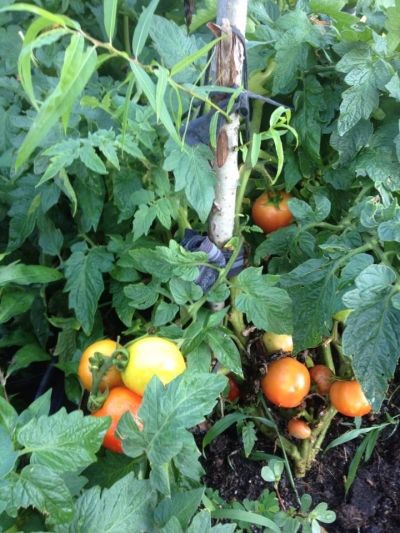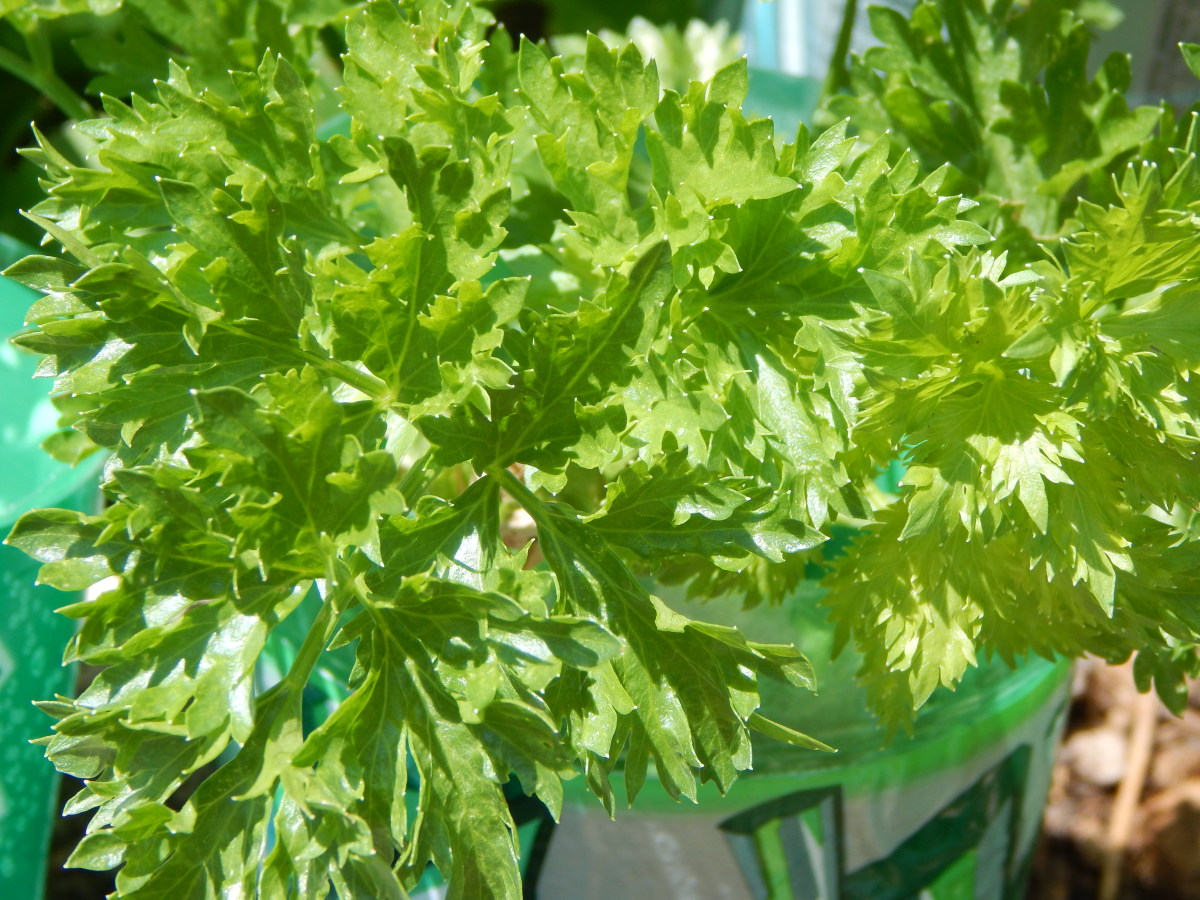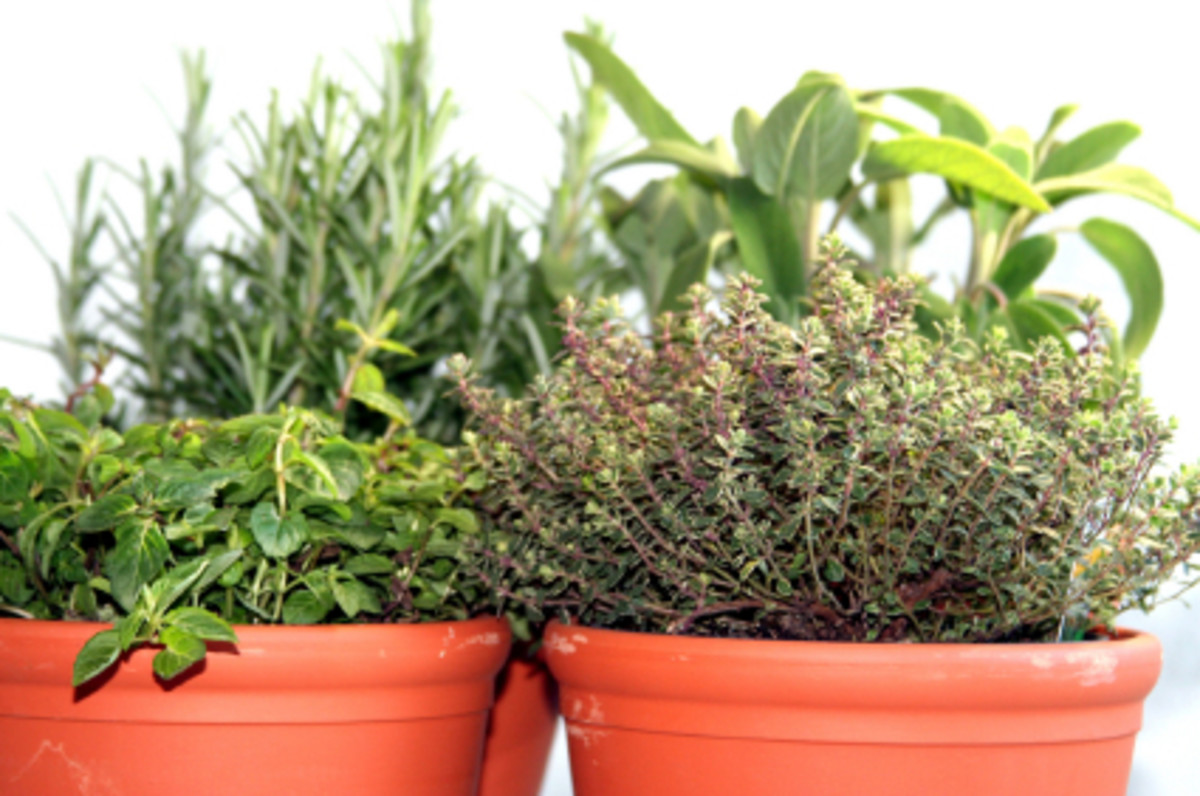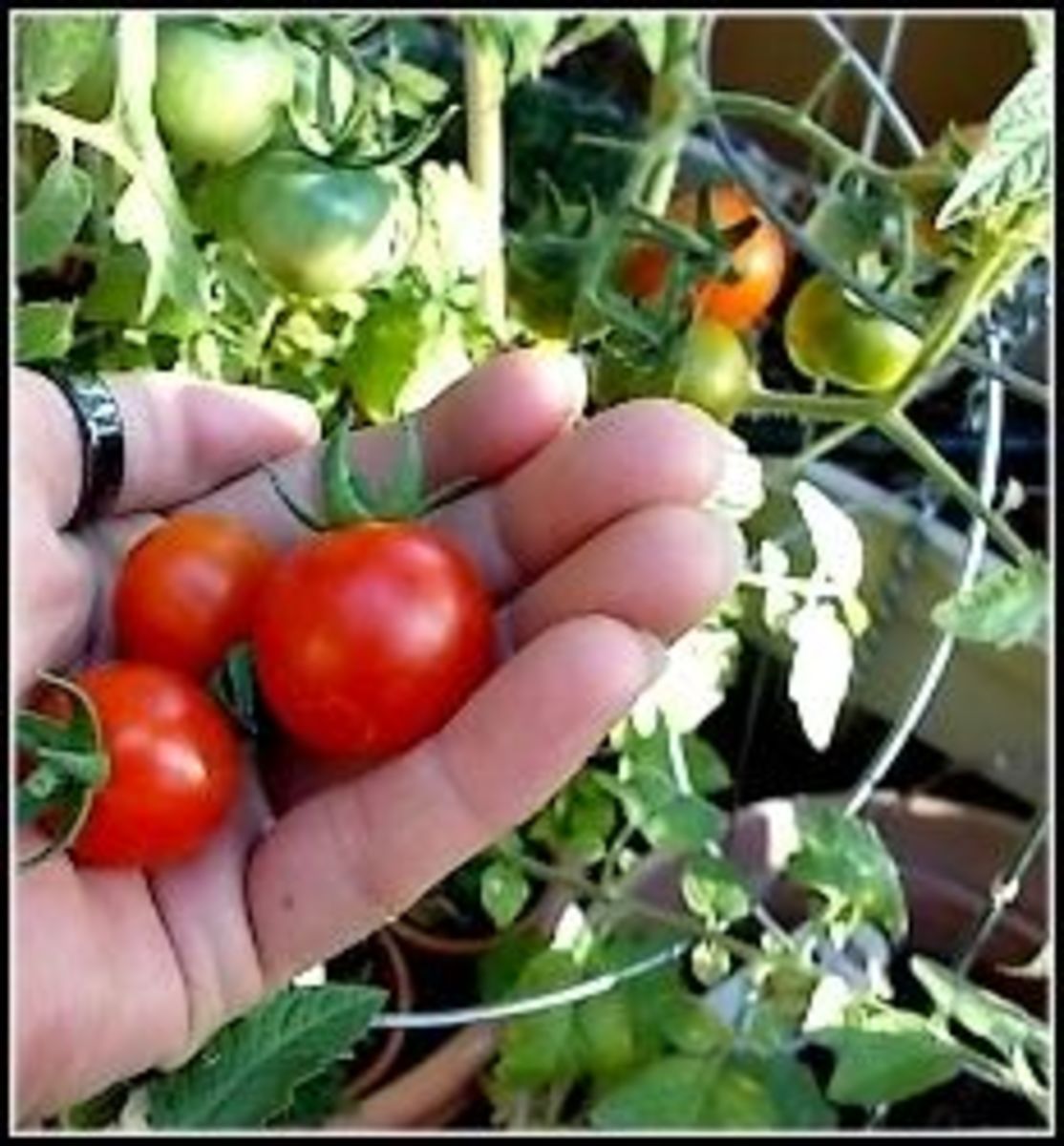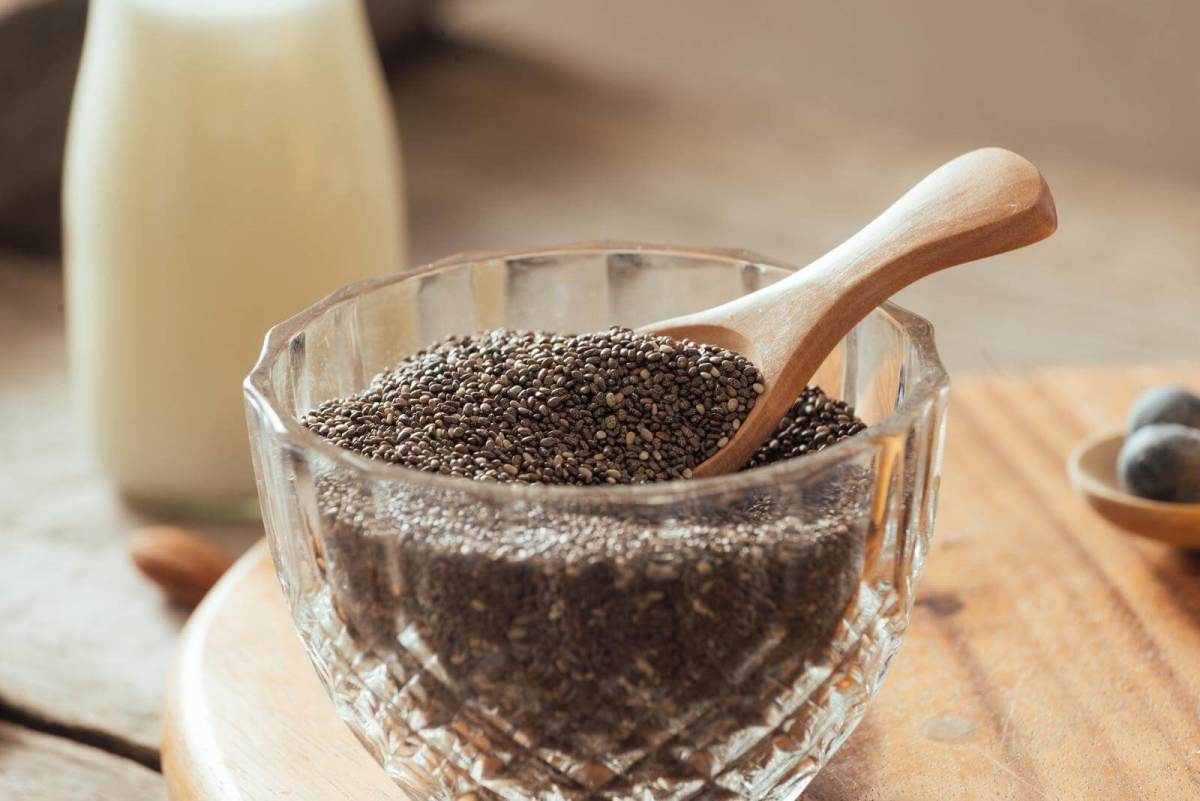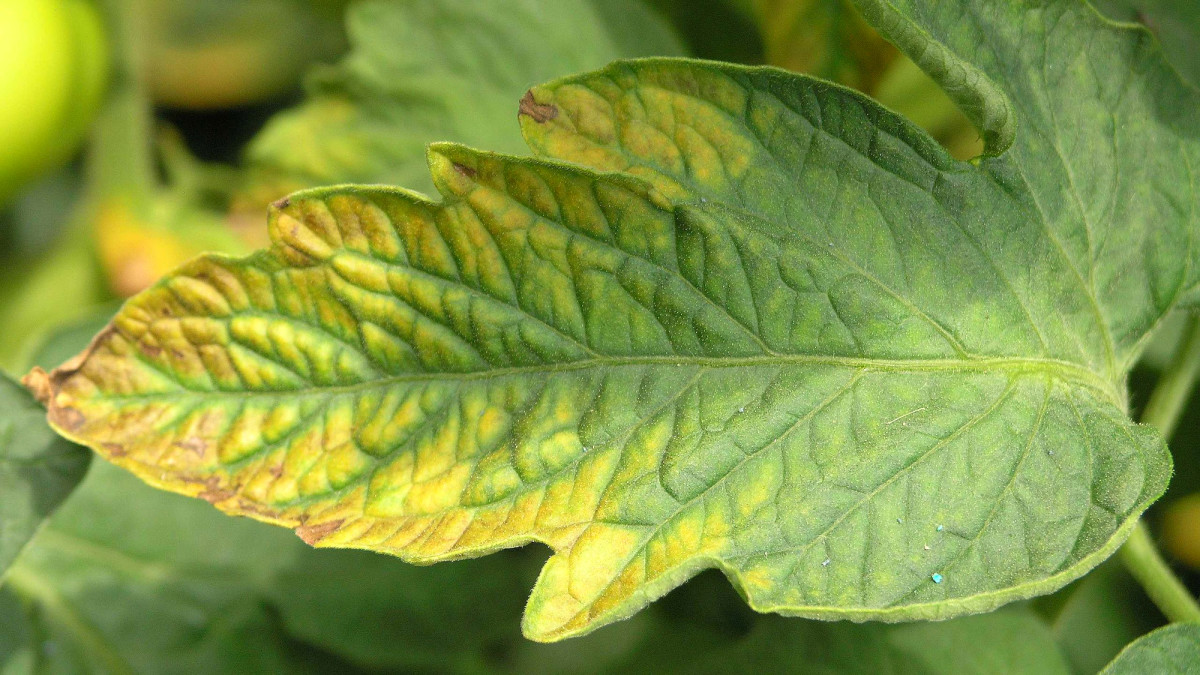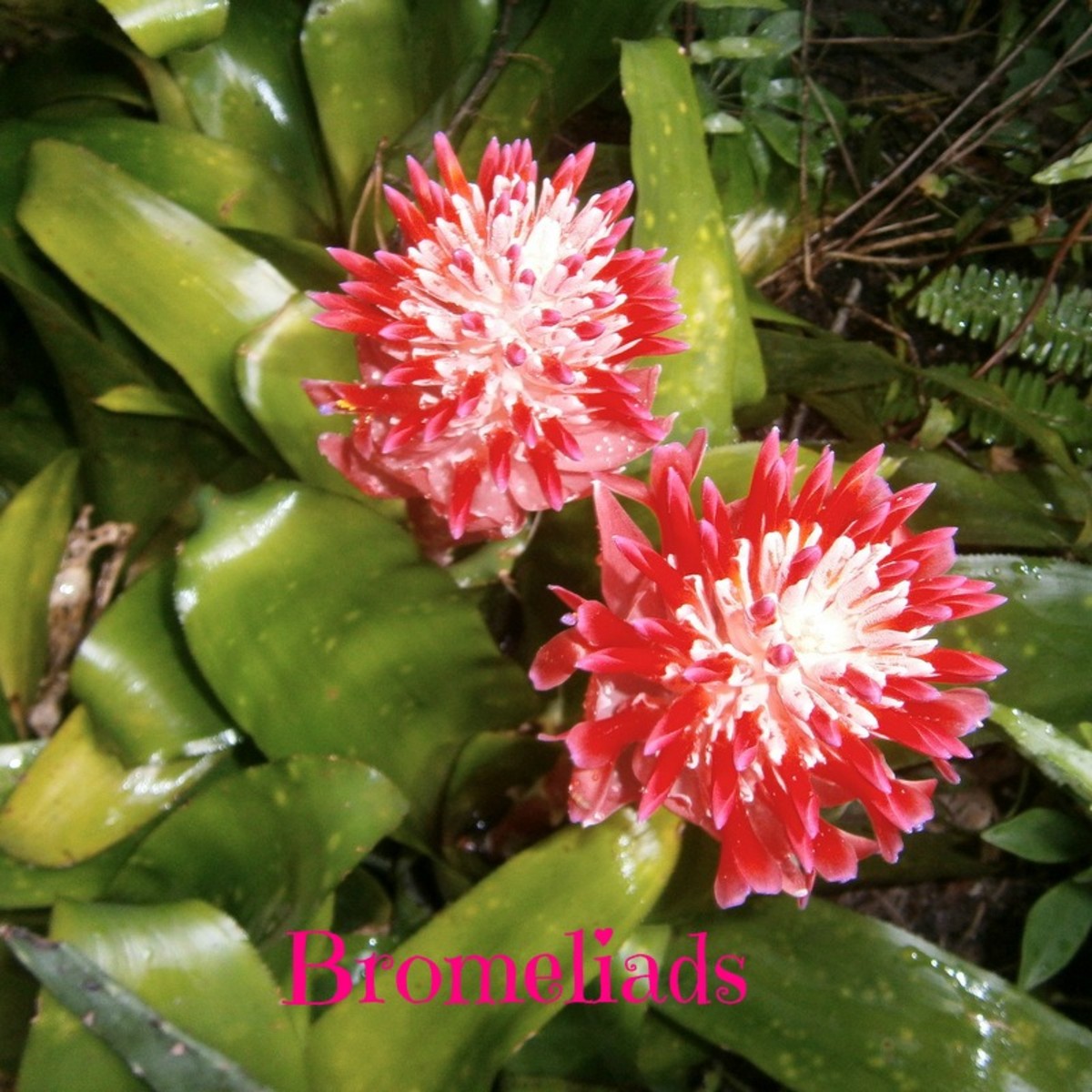Keep Your Growing Vegetables From My Garden Harvest on Your Table All Year
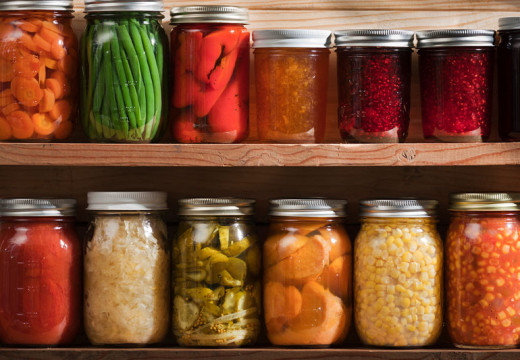
Keeping Your Garden Produce Preserved All Year
Keep Your Veggies on Your Table All Year. Planting in your garden and the produce it provides during the growing season is more than anyone can consume fresh. Most people who grow vegetables plan to preserve this food for future use. There are many proven methods of food preservation. Some of the most popular techniques are freezing, canning and dehydration. These techniques have been used for centuries and have allowed families to stockpile food for the winter months.
There are some key ideas to remember when preserving your veggies after harvest. The basic rules are straightforward and should be followed to keep food from spoilage and free from biological hazards such as those causing food-borne pathogens to contaminate the food. Our ancestors learned that food with high contents of sugar, acid, and salt are easy ways to keep nutrients in preserved foods and prevent microorganisms from contaminating stored food.
Some examples of this food are pickled products like cucumbers and tomatoes, high in salt and acid. Another standard is jelly and jam made from fruits or vegetables with high sugar concentrations added for preservation. Tomatoes are naturally acidic and are suitable candidates for the canning process.
Before deciding which foods to can, freeze, or dehydrate, you should always consult with a guide for that particular food. Since all food varies in chemical composition, some preservation methods may be preferred. Another rule of thumb is to follow the recipes precisely since there are standards that must be met to keep food preserved without spoilage. It is highly recommended that all canned food be brought to a boil and head there when consuming them as a canned product. This will protect you from the slight possibility of a microorganism in the food. Boiling will make it safe to eat. However, if your canned food has a dirty look or the food has broken down, DO NOT eat it. Also, if the jar did not seal properly during the canning process, you should consume it immediately. Do not store improperly sealed jars since they will become contaminated with food-borne diseases.
Dehydrating Food From Your Vegetable Garden - Dry Mushrooms and Sun-dried Tomatoes
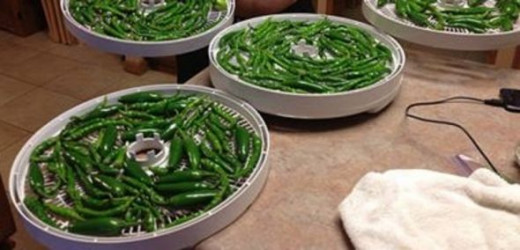
When food in dehydrated all of the moisture is driven out of the food which prevents it from microorganism. There are many methods of dehydration available, the most popular is the food dehydrator. Foods such as meat jerky, dried fruits and vegetable are some of the most common foods chosen for home processing. Dehydration methods can vary from on dehydrator to the next, so close attention to processing is extremely important for food safety.
Many people still use the ancient method of sun drying. I can remember as a child my aunt would take me on a mushroom hunt early every morning during the summer months. We would clean the mushrooms cook some for breakfast and spread the rest out to dry.
Once breakfast was over we would use a needle and thread and string the mushroom by pushing the needle through the top down through the stem. We added mushroom to the thread and tied off the string. With a clothes pin we would hang our strings of mushrooms on the clothes llne to dehydrate in the sun. Many people do the same with tomatoes to create sun-dried tomatoes. In the photo above we are about to dehydrate honey hot pepper for storage. When our food is complete we always seal it with an airtight plastic bag sealer machine.
During the winter the mushrooms were rehydrated in gravies and stews during the cooking process. I always enjoyed the time I spent with my aunt during the summers of my youth. She taught me many things that I am thankful for today.
Corn can be blanched, bagged, and stored in the freezer
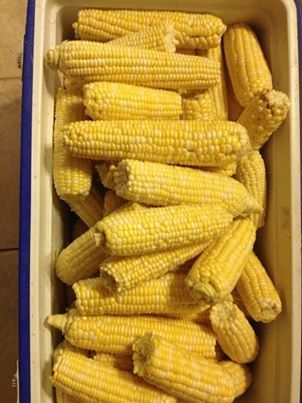
Eggplants can also be frozen
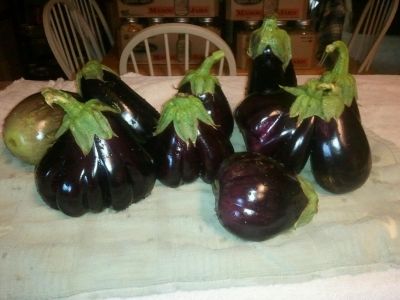
Watch a Video and See How Easy Food Preservation Can Be Done
Freeze Food From Your Vegetable Garden - Your Harvest All Year Long

Freezing is a very easy method of food preservation. Most vegetable can be blanched and frozen for later use. The process of blanching is simple water is brought to a boil and the vegetables are allowed to sit for a prescribed amount of time depending upon their type. Once again consult a known recipe before doing it yourself.
One rule of thumb for all vegetable preservation is that you choose specimens which are fresh with not soft spots or bug infestations or hole. This will help keep you food from becoming spoiled from bacteria already present before processing it.
The government has guideline and they can be easily accessed at National Center for Home Food Preservation. Remember to follow the instruction carefully, these standards have withheld the test of time for food safety. Purchase a good canning book with the recipes for canning and use exact amounts of the ingredients required to properly prepare foods before canning.
Teach the Kids How to Preserve Food
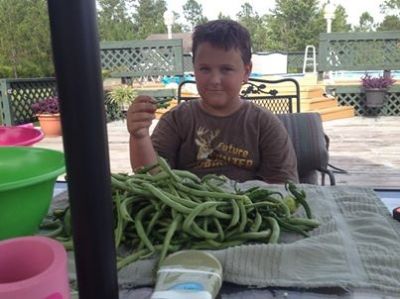
The Continue to Grow All Summer Long
